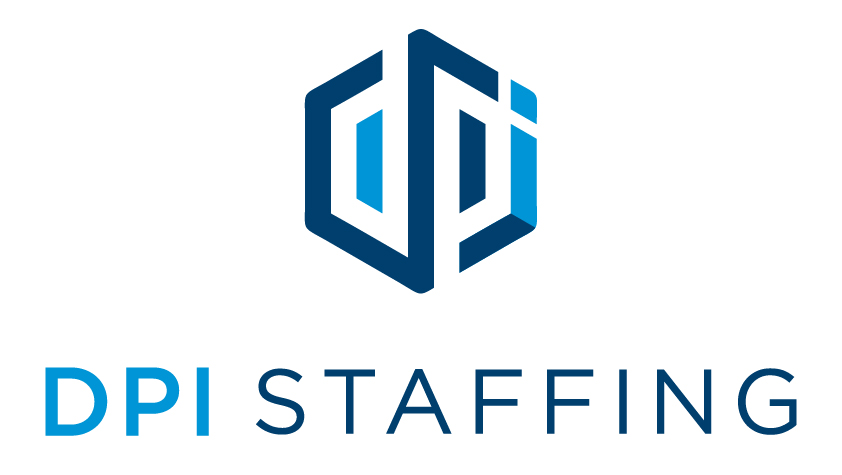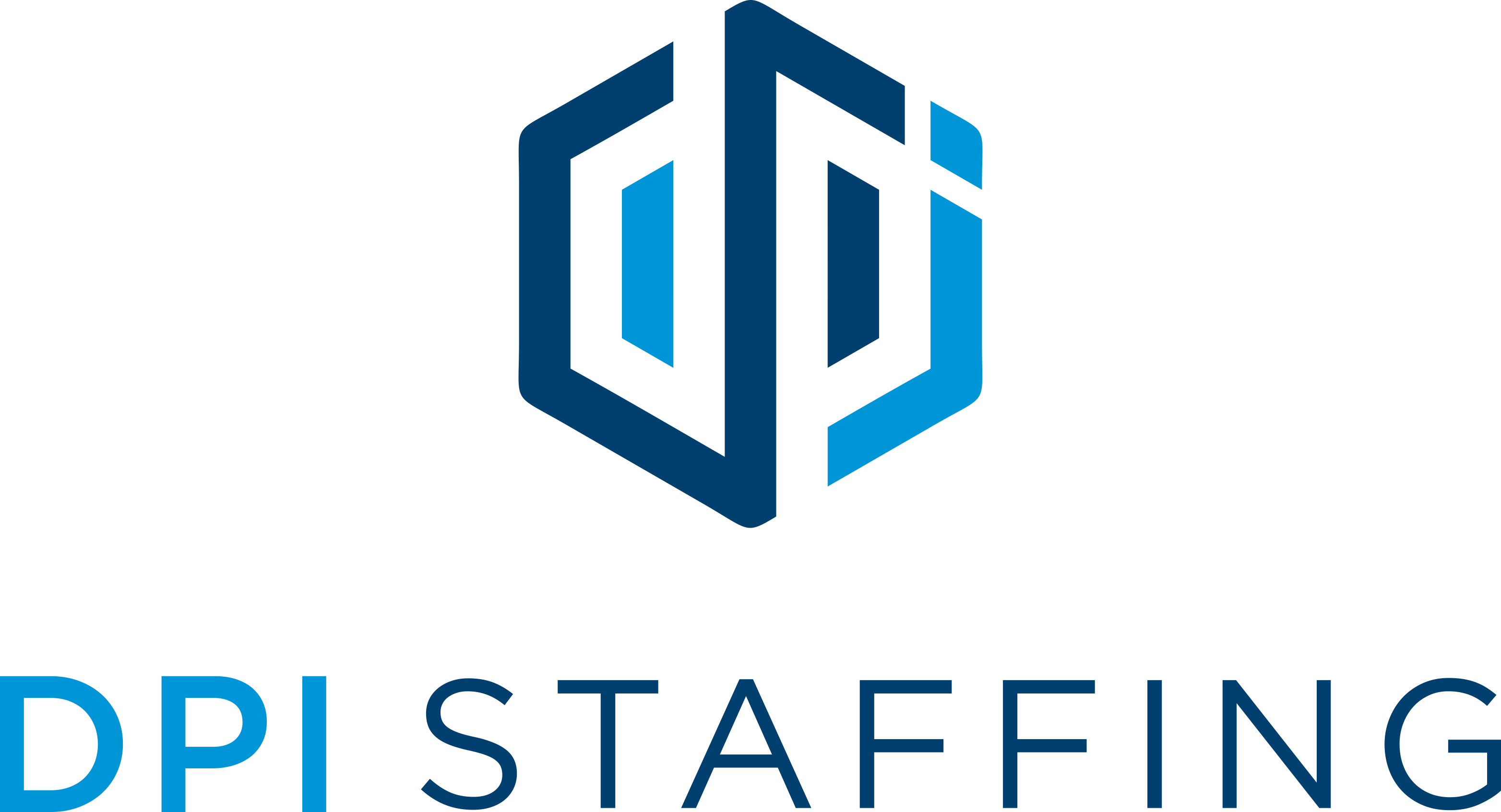You’re a savvy professional, doing everything you can to grow and adapt in today’s ever-changing economy. While staying apprised of your organization’s internal health is crucial, keeping your other eye on labor market trends is key. We recently reviewed a heap of data from the Bureau of Labor Statistics (BOLS) which offers some valuable insights for your business growth strategy.
Key Insights from Employment Data
Unemployment Rate Stability
The unemployment rate has remained fairly stable, fluctuating between 3.7% and 3.9% since August 2023 (The Employment Situation – April 2024). This indicates a relatively tight labor market, where finding qualified candidates can be challenging for employers. Such stability in the unemployment rate suggests that the job market is approaching full employment, with the majority of those seeking work able to find jobs. However, this also means that employers may need to enhance their recruitment strategies and offer competitive benefits to attract and retain top talent. Additionally, this environment could lead to wage growth as companies compete for a limited pool of qualified candidates.
Job Openings and Labor Turnover
- Annual Average Job Openings: The rate was 5.7% in 2023, slightly lower than 6.8% in 2022 (Annual Average Rate of Job Openings 5.7 Percent in 2023). Despite this decrease, the job market still experiences a high volume of openings, signaling ongoing demand for labor.
- Recent Trends: In April 2024, job openings were revised down by 133,000 to 8.4 million, while hires increased by 117,000 to 5.6 million (Job Openings and Labor Turnover – April 2024). This suggests businesses are actively filling positions, albeit facing challenges such as a potential skills gap, competition for qualified candidates, and economic uncertainties.
Employment Cost Index (ECI)
- Wages and Salaries: Increased by 1.1% from December 2023 to March 2024, and benefit costs mirrored this increase (Employment Cost Index Summary – 2024 Q01 Results). This indicates a gradual but steady growth in compensation for employees.
- Overall Compensation Costs: Rose by 4.2% over the year (ECI Home – Employment Cost Index). Rising compensation costs reflect a competitive labor market where businesses must offer attractive packages to secure talent.
Strategic Insights for Understanding Hiring Trends
Given the current labor market conditions as of June 2024, wise business leaders will take pause to assess hiring needs and strategies carefully. For some, partnering with staffing agencies might be a beneficial move, while for others, direct hiring could be more suitable. Many staffing agencies are now offering direct hire as an option, providing more flexibility for employers. Here are some considerations to help you understand your position in relation to labor market trends.
Access to a Diversified Talent Pool
According to the Bureau of Labor Statistics (BOLS), some industries such as healthcare and technology are experiencing significant employment growth. For example, the healthcare sector has seen a projected growth rate of 15% from 2019 to 2029, while the tech industry is expected to grow by 11% in the same period. On the other hand, some sectors are facing declines. The retail industry, for instance, is projected to shrink by 2% from 2019 to 2029, and the manufacturing sector is expected to see a 3% decrease.
Now take a step back and look at your business. If you’re operating in one of these high-demand sectors, exploring staffing agency partnerships might provide access to extensive networks of pre-screened candidates. In today’s tight labor market, such talent pools can be crucial for filling positions quickly and efficiently, particularly for hard-to-fill roles.
Cost Management
The current rise in wages and benefits reported by the BOLS means managing hiring costs is becoming increasingly challenging. The average hourly wage for skilled workers rose from $25 to $30 over the past year, and the cost of providing benefits such as health insurance and retirement plans has surged by 15%. Staffing agencies can take over administrative tasks like payroll taxes and labor law compliance, potentially leading to significant savings in hiring and operational expenses. Consider whether outsourcing some administrative burdens to a staffing agency could help mitigate these escalating costs.
Flexibility and Scalability
While the statistics indicate a stabilizing and relatively tight labor market, as we all witnessed at the onset of the pandemic back in 2020, things can suddenly and rapidly change. Often, the worst things seem to happen at the most inopportune moments, leaving you with few options. Partnering with a staffing agency offers flexibility in workforce size, allowing you to address short-term needs with temporary or contract workers, all without long-term commitments. This allows you to scale your workforce according to changing market demands, particularly during cyclical or seasonal peaks.
Risk Mitigation
The Bureau of Labor Statistics also highlights a complex regulatory environment and rising employment costs, making compliance increasingly essential. For example, in the industrial sector, non-compliance with OSHA standards can result in hefty fines—up to $13,653 per violation. In the administrative sector, failing to comply with the Fair Labor Standards Act (FLSA) can lead to penalties ranging from back wages to civil monetary penalties. The government sector, too, faces stringent compliance requirements; violations of the Federal Acquisition Regulation (FAR) can lead to severe penalties, including contract termination and financial sanctions. By partnering with a reputable staffing agency, businesses can ensure they remain compliant with all relevant laws and regulations, thus avoiding costly penalties and protecting their reputation.
Actionable Steps
- Evaluate Your Hiring Needs: Assess your current and projected hiring demands and identify roles that are challenging to fill.
- Explore Your Options: Consider both direct hiring and staffing agency partnerships to determine which aligns best with your needs.
- Review Cost-Saving Opportunities: Analyze your current administrative and compliance costs and explore potential cost-efficient solutions, whether through direct hiring or outsourcing.
By considering these strategies and steps, you can better navigate labor market trends and position your business for growth, choosing the most suitable hiring approach based on your unique circumstances.





